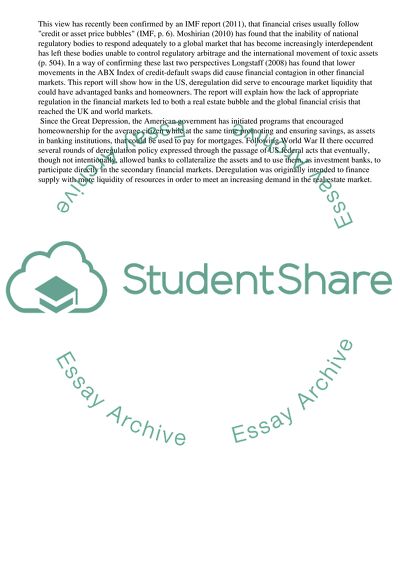Cite this document
(“The Recent and Current Global Financial Crisis Essay - 1”, n.d.)
The Recent and Current Global Financial Crisis Essay - 1. Retrieved from https://studentshare.org/business/1575967-critically-evaluate-the-reasons-for-the-recent-global-financial-crisis
The Recent and Current Global Financial Crisis Essay - 1. Retrieved from https://studentshare.org/business/1575967-critically-evaluate-the-reasons-for-the-recent-global-financial-crisis
(The Recent and Current Global Financial Crisis Essay - 1)
The Recent and Current Global Financial Crisis Essay - 1. https://studentshare.org/business/1575967-critically-evaluate-the-reasons-for-the-recent-global-financial-crisis.
The Recent and Current Global Financial Crisis Essay - 1. https://studentshare.org/business/1575967-critically-evaluate-the-reasons-for-the-recent-global-financial-crisis.
“The Recent and Current Global Financial Crisis Essay - 1”, n.d. https://studentshare.org/business/1575967-critically-evaluate-the-reasons-for-the-recent-global-financial-crisis.


